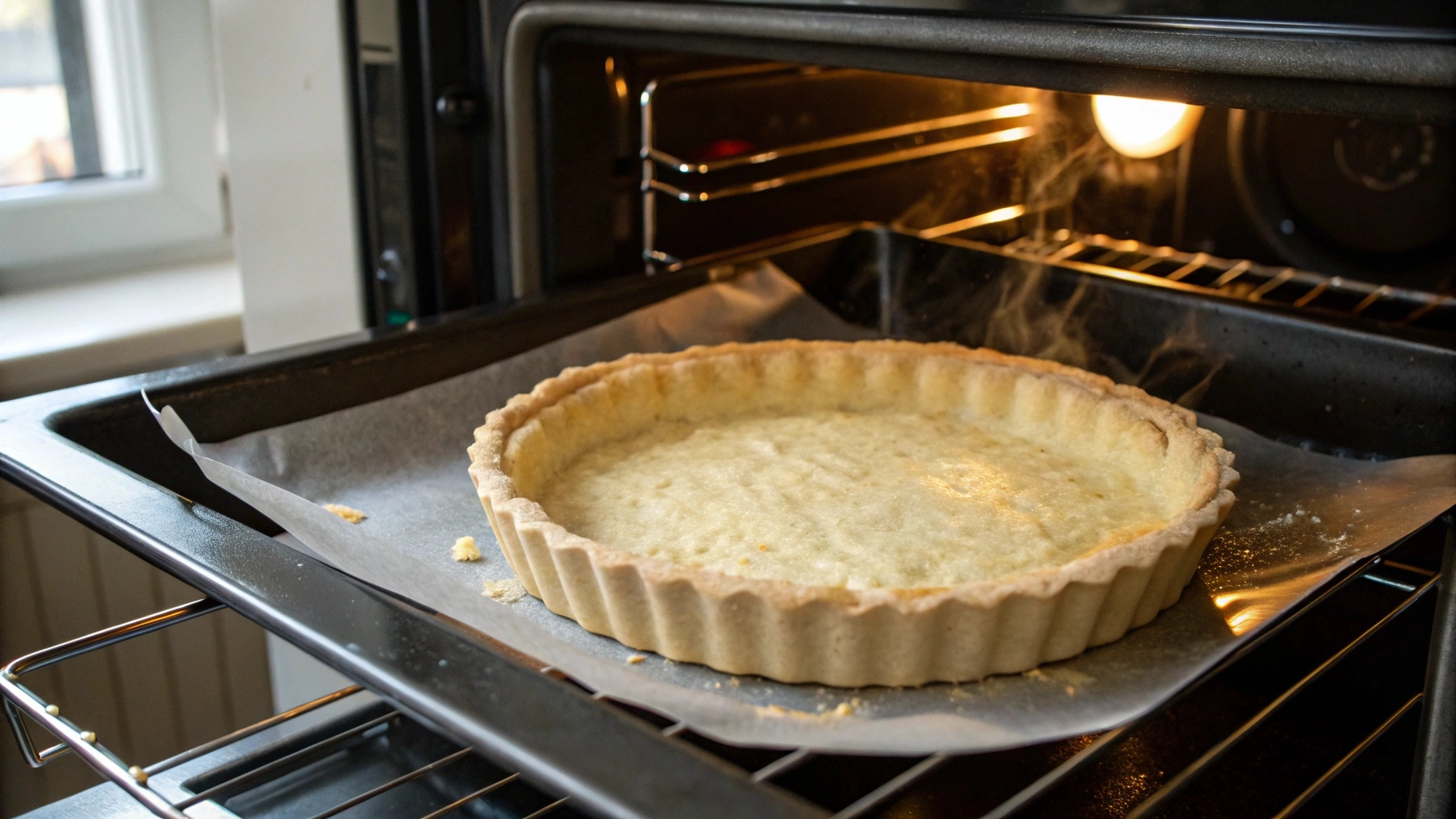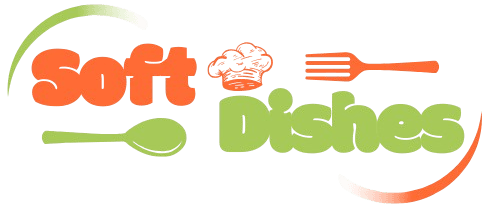Quiche is a versatile and beloved dish that pairs rich, savory fillings with a flaky crust. Learning how to pre-bake quiche crust is a vital skill for any home cook looking to perfect this classic recipe. This process ensures a crisp, golden base that beautifully complements the creamy interior.
However, the true magic of a perfect quiche lies not just in its filling but in its crust. A well prepared crust provides a crisp, buttery foundation that complements the creamy interior. On the other hand, a soggy or undercooked crust can detract from the overall experience, leaving diners underwhelmed.
The Importance of Pre-Baking Quiche Crust
“Ensuring your quiche has a flawless texture starts with mastering the art of blind baking. Understanding the need to pre-bake quiche crust ensures your dish not only looks professional but also delivers the ideal contrast between crust and filling.”
Understanding the need to pre-bake quiche crust ensures your dish stands out with the perfect texture.
Preventing a Soggy Bottom
Quiche fillings are typically rich and moist, made with ingredients like eggs, cream, and vegetables. Without pre-baking, the liquid can seep into the uncooked crust, leading to a soggy, gummy texture. Blind baking creates a protective barrier by partially or fully cooking the crust before the filling is added. This ensures the base can resist the filling’s moisture, remaining firm and palatable.
Ensuring a Crisp and Flaky Texture
A good quiche crust should provide a satisfying contrast to the creamy filling. Pre-baking helps achieve a crisp, golden surface while maintaining the light, flaky layers characteristic of high quality pastry. The process of blind baking also allows bakers to control the crust’s level of doneness, preventing it from becoming pale or doughy in the finished dish.
Impact on Overall Quality and Presentation
A properly pre-baked crust elevates the entire quiche. It provides structural integrity, making it easier to slice and serve without the filling oozing out or the crust crumbling apart. Moreover, a beautifully golden crust enhances the dish’s visual appeal, making it as appetizing to look at as it is to eat.
In essence, pre-baking ensures that the crust holds up to the creamy filling, adds a delightful texture, and contributes to a quiche that is both delicious and visually impressive. It’s a small step that delivers significant results, guaranteeing a quiche that’s as professional as it is flavorful.
Step-by-Step Guide to Blind Baking a Quiche Crust

Blind baking, or the process used to pre-bake quiche crust, ensures a firm and flaky base that holds up to rich, creamy fillings. Follow these steps to master this essential technique and elevate your quiche game.”
1. Preparing the Dough
Start with a well chilled pastry dough, whether homemade or store bought. Roll it out evenly on a floured surface, ensuring it’s about 1/8 inch thick. Carefully transfer the dough into your quiche or tart pan, pressing it gently into the edges and corners. Trim any overhanging dough and crimp or decorate the edges as desired. This step ensures a neat and professional finish.
2. Chilling the Crust Before Baking
Once fitted, refrigerate the crust for at least 30 minutes or freeze it for 10–15 minutes. Chilling solidifies the butter in the dough, reducing the risk of shrinking or slumping during baking. It also helps maintain the shape of the edges and prevents uneven puffing.
3. Lining the Crust with Parchment Paper and Adding Weights
Preheat your oven to 375°F (190°C). Line the chilled crust with a large sheet of parchment paper or aluminum foil, ensuring it covers the entire surface and edges. Fill the lined crust with pie weights, dried beans, rice, or even clean coins. The weights keep the crust flat and prevent air bubbles from forming.
4. Baking Times and Temperatures
- Partial Blind Baking: Bake the crust with weights for 15–20 minutes, or until the edges are lightly set and starting to turn golden. This is ideal for quiches that will be baked again with the filling.
- Full Blind Baking: Bake for an additional 10–15 minutes after removing the weights, until the base is fully golden and crisp. This works best for no-bake or pre cooked fillings.
5. Removing Weights and Finishing the Bake
Carefully lift out the parchment paper and weights to avoid tearing the crust. Return the crust to the oven for the final 5–10 minutes of baking. This step ensures the base is dry and firm.
Exceptions: When You Might Skip Pre-Baking
While pre-baking is essential for most quiche recipes, there are exceptions where you can skip this step without compromising the dish’s quality. These scenarios often depend on the type of quiche or the specific filling used.
1. Using Crustless Quiche Recipes
Crustless quiches are a popular option for those seeking a lighter or gluten free alternative. Since there’s no crust to bake, the focus shifts to ensuring the filling sets properly during cooking. These quiches typically rely on eggs and cream for structure and can be baked directly in a greased dish or with a layer of breadcrumbs for added texture.
2. Specific Quiche Types or Fillings
Certain quiche recipes with thicker, denser fillings, such as those containing minimal liquid (e.g., roasted vegetables or pre cooked meats), may not require a pre baked crust. Additionally, pre made store bought crusts designed for one step baking can sometimes bypass the need for blind baking, depending on the recipe instructions.
3. Potential Risks of Not Pre-Baking
Skipping the pre-baking step comes with risks, even in these exceptions. Without pre-baking, there’s always a chance of a soggy bottom, particularly with wet fillings. The crust may also cook unevenly or lack the crisp texture that enhances the overall quiche experience.
Common Mistakes to Avoid
Blind baking a quiche crust requires precision to avoid common pitfalls that can compromise the final dish. Here are key mistakes to watch out for and how to avoid them:
1. Overbaking or Underbaking the Crust
One of the most frequent issues is not baking the crust for the right amount of time. Overbaking can cause the crust to become too hard and brittle, making it difficult to cut or enjoy. On the other hand, underbaking leaves the crust pale and doughy, resulting in a soggy base when filled. To avoid this, carefully follow the recommended times for partial or full blind baking, and keep an eye on the crust’s color—golden brown is the goal.

2. Not Using Weights Properly
Improper use of pie weights can lead to puffed up or misshapen crusts. If the weights are too light or unevenly distributed, the dough can form bubbles or rise unevenly during baking. Always use enough weights to fully cover the base and press the crust firmly into the pan. If you don’t have pie weights, alternatives like dried beans or rice work just as well.
3. Filling the Crust While It’s Still Hot
Adding filling to a hot crust can cause the filling to start cooking prematurely, leading to uneven results. Always allow the crust to cool slightly after blind baking. This helps maintain the integrity of the crust and ensures the filling cooks evenly without any texture issues.
Variations in Techniques
Some professionals prefer brushing the crust with a beaten egg or egg white after blind baking to create a moisture resistant barrier before adding the filling. Others suggest experimenting with alternative weights like sugar, which can be reused in recipes afterward, adding versatility to the process.
Quiche doesn’t always require a traditional pastry crust. For a unique and flavorful twist, consider using alternatives like tortillas. A tortilla based quiche crust is an excellent option for those looking for a quicker or gluten free variation. Discover how to make a delicious tortilla quiche bake for a fresh take on this classic dish.
FAQs
Should you prebake crust for quiche?
Absolutely, for a crisp and sturdy base. Pre baking prevents the crust from becoming soggy when the moist filling is added, ensuring a firm and delicious foundation for your quiche.
How long to prebake pie crust?
The time required for prebaking depends on whether you’re doing a partial or full blind bake:
- Partial Blind Bake: Bake the crust with weights for about 15–20 minutes at 375°F (190°C), until the edges are lightly golden.
- Full Blind Bake: After removing the weights, bake for an additional 10–15 minutes until the base is golden brown and fully cooked.
What happens if you don’t pre-bake pie crust?
If you skip pre-baking, the crust may become soggy or undercooked. This is especially common with quiches, as their wet fillings can seep into the dough, preventing it from crisping up. Additionally, the crust might not hold its shape, resulting in a less appealing and less structurally sound dish.
How long do you blind bake pastry for?
Blind baking times vary based on the recipe:
- For Partial Baking: Bake with weights for 15–20 minutes, then remove the weights for an additional 5–10 minutes to lightly dry the base.
- For Full Baking: Continue baking without weights for an extra 10–15 minutes, or until the crust is fully golden and crisp.
Pre-baking a quiche crust is an essential step in achieving a crisp, golden base that complements the creamy filling. By mastering the technique to pre-bake quiche crust, you can consistently elevate the quality of your quiches, ensuring they are as professional and delicious as they are visually appealing. With practice, you can master the technique to pre-bake quiche crust, transforming your quiches into culinary masterpieces


2 thoughts on “Does quiche crust need to be pre-baked?”